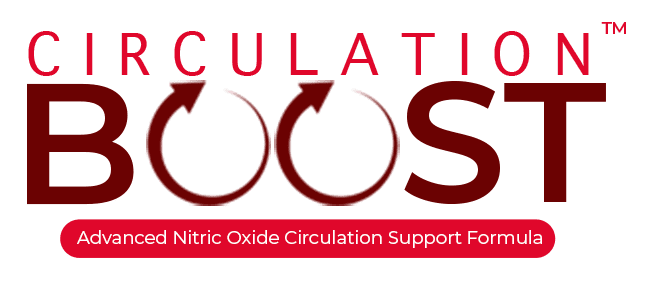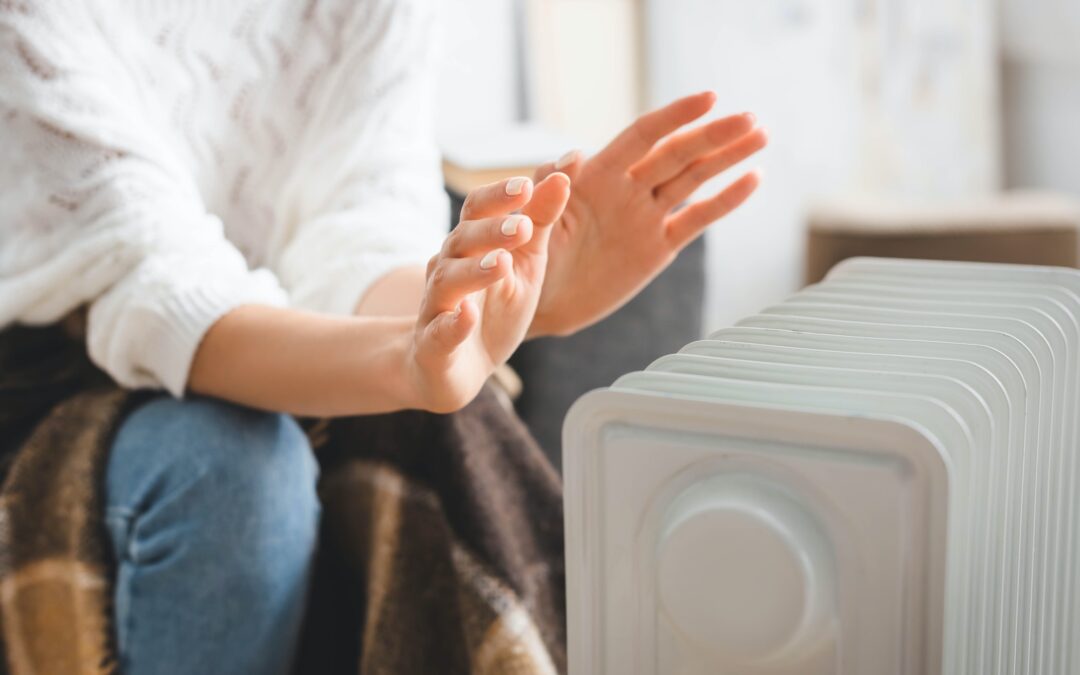You may be experiencing poor circulation and not know it. Learn about 3 common symptoms and causes of poor circulation.
Poor circulation can affect your life in a variety of ways, including multiple symptoms. The severity of these symptoms can range from mild to severe and can even result in major complications.
RECOMMENDED: Get the Best Supplement for Your Circulation
These symptoms can include numbness, swelling, fatigue, muscle cramps, ulcers, memory loss, digestive issues, and more. Learn about some of the most common symptoms and causes of poor circulation so you can do something about it.
Common Symptoms
While some symptoms may be easier to spot than others, it’s important to know what they are. If you experience any of the following symptoms, let your primary care physician know so you can treat it.
1. Numbness
Numbness and tingling in the extremities (hands and feet) are some of the most common signs of poor circulation. Because blood can’t effectively reach the extremities, the restriction of blood can result in a pins and needles type sensation.
2. Cold Extremities
Alongside numbness and a pin and needles sensation, your hands feet may grow colder than the rest of your body. Since blood can’t adequately reach your hands and feet, there is a temperature fluctuation in the skin and nerve endings.
3. Swelling
In addition to cold and numb extremities, poor circulation can lead to edema, which is when fluid accumulates in certain body areas and causes swelling. This swelling in the lower extremities can also happen when blood collects around those areas and may be a sign of heart failure.
Common Causes
The key to effectively treating poor circulation is by finding out what’s causing it in the first place. While there are multiple causes, these are some of the most common sources of poor circulation.
 1. Obesity
1. Obesity
Whether you’re obese or overweight, the fact is that extra weight puts extra pressure on the body. In addition to causing poor circulation, it can increase blood pressure and lead to varicose veins.
2. Atherosclerosis
When plaque builds up in blood vessels and arteries, it can result in atherosclerosis. The condition narrows and hardens arteries, which restricts circulation and affects the brain, heart, legs, and arms.
3. Diabetes
Those with diabetes can experience circulation issues from blood vessels that have been damaged due to high blood glucose. Moreover, it can lead to peripheral artery disease and diabetic neuropathy, conditions that affect blood pressure, the arms and feet.
The Outlook

While these are some of the most common causes and symptoms, they are not the only ones. Visit your primary care physician if you’re experiencing any of these symptoms to get started on the appropriate treatment.
If you’re experiencing tingling, cold extremities, and swelling, you may have poor blood circulation. The cause may be obesity, atherosclerosis, diabetes, or something else entirely, but there is help and support. One of the best ways to get the help and support for your circulation is with Circulation Boost. If you want to start taking care of your circulation now, try Circulation Boost. It contains l-arginine, l-citrulline, and other key ingredients that help the body promote circulation on its own.
Circulation Boost works by increasing the molecule nitric oxide. Nitric oxide opens the blood vessels wider in a process known as vasodilation to ensure better circulation. By expanding the blood vessels, the heart has an easier time pumping blood throughout the body.
Add Circulation Boost to your daily routine so you can give your circulatory system the support it deserves. Visit our home page to learn more.

